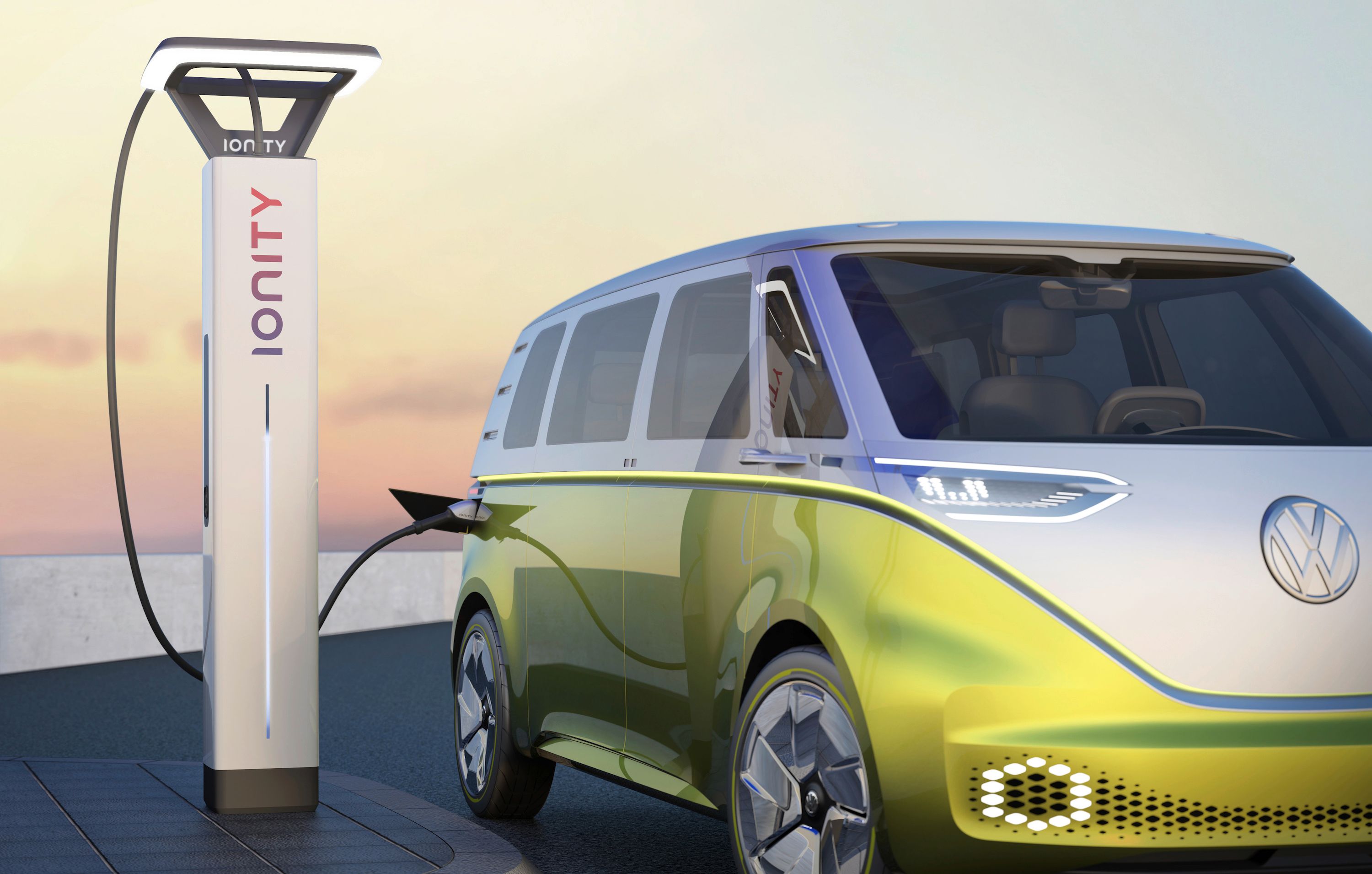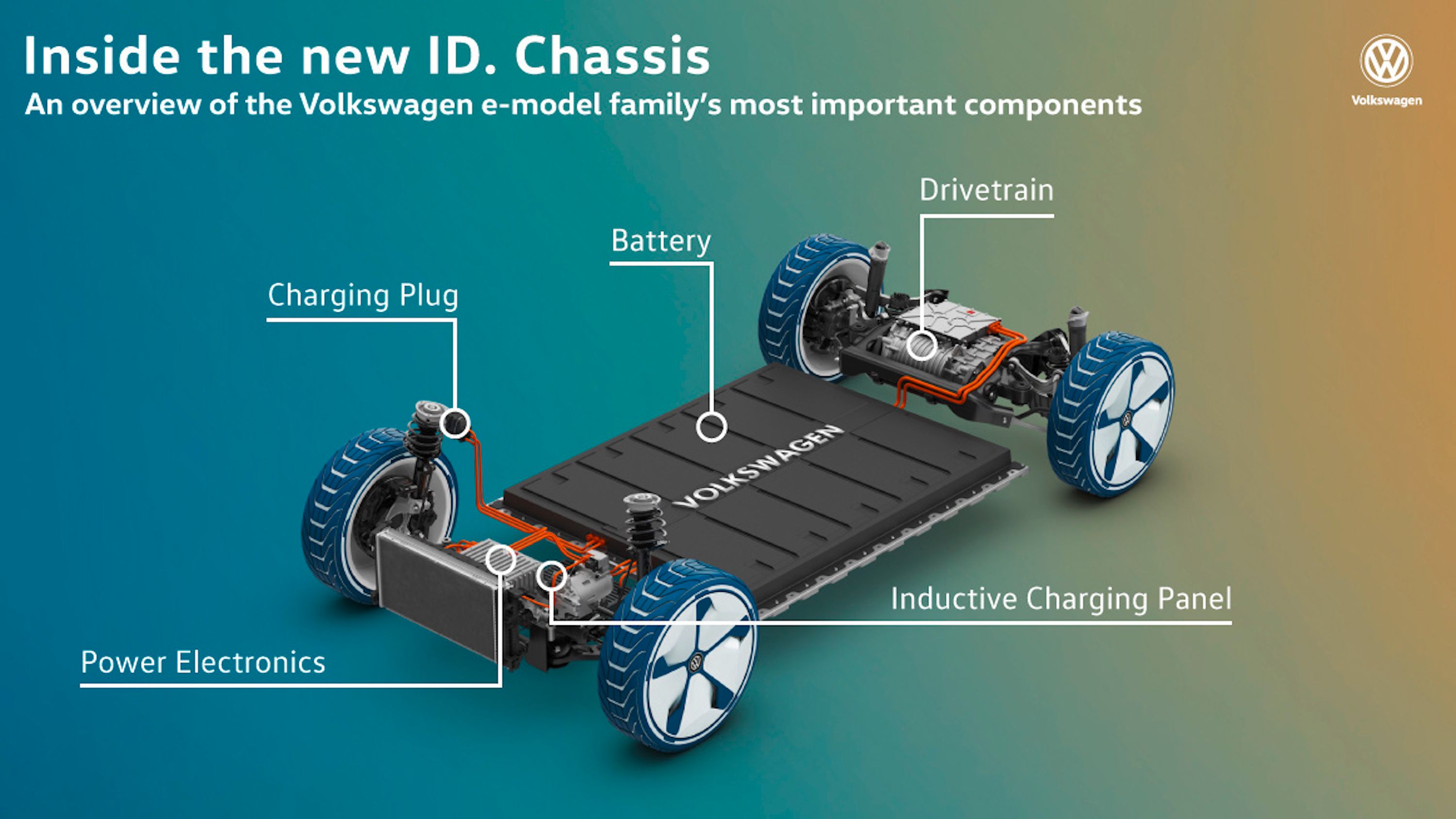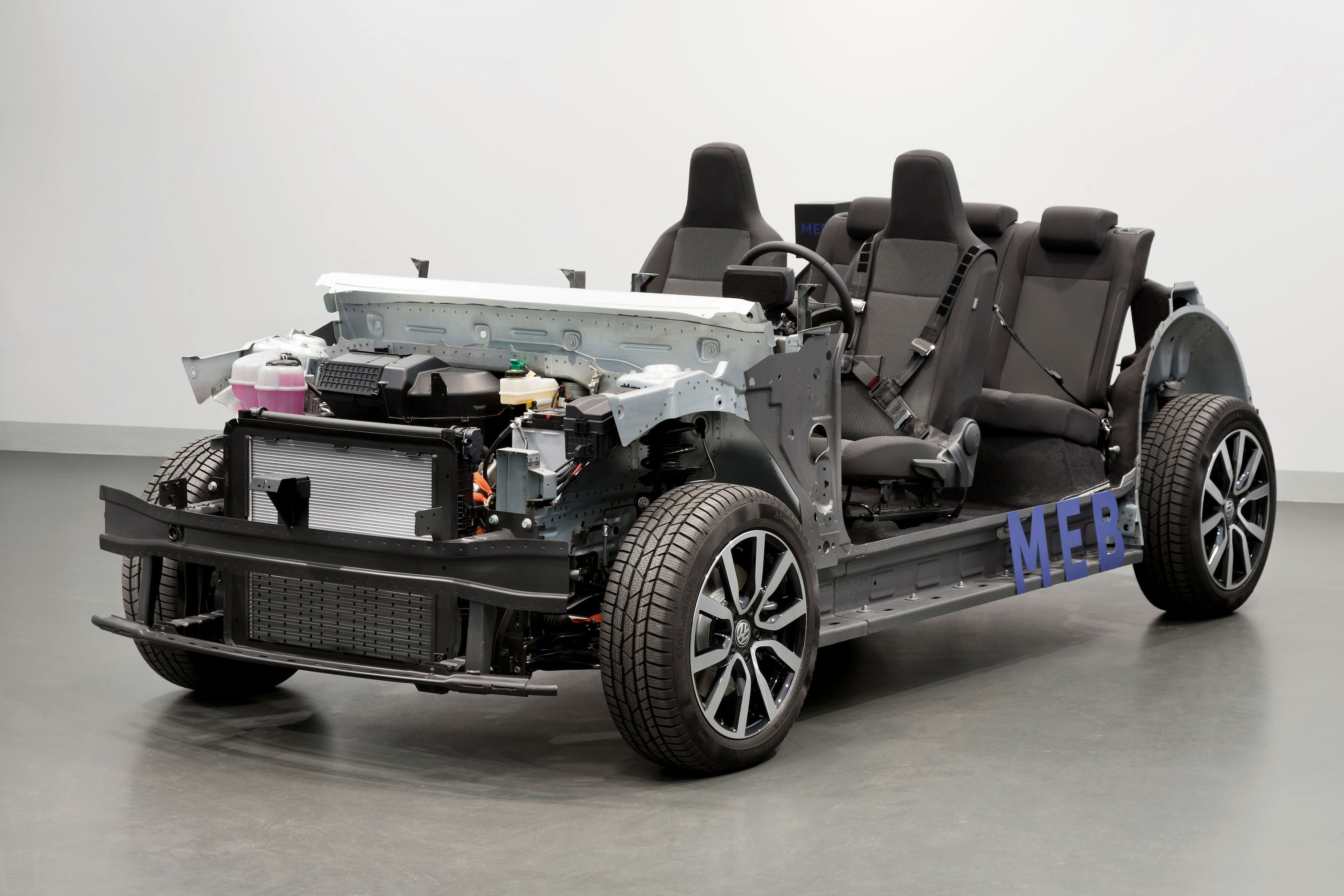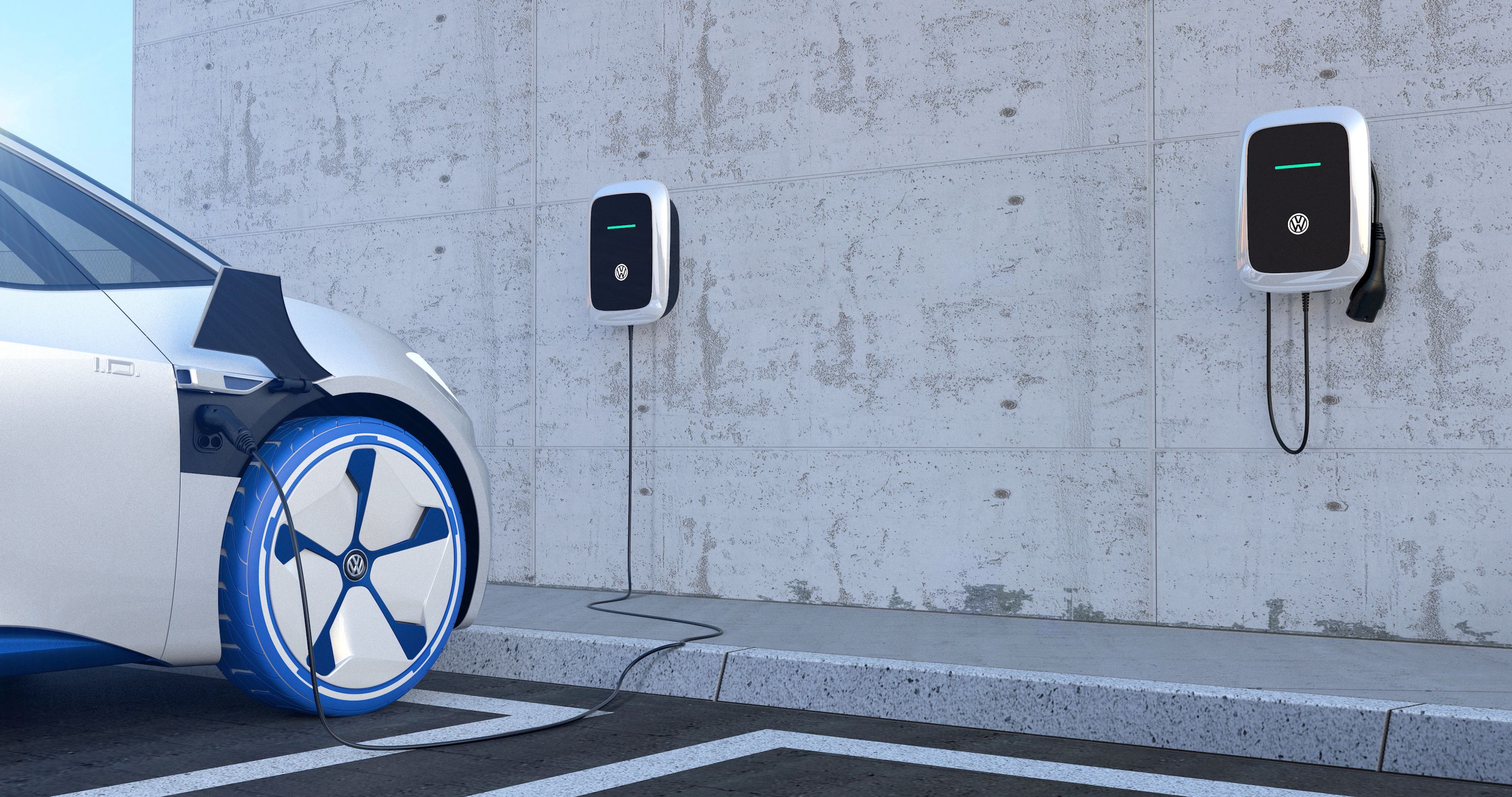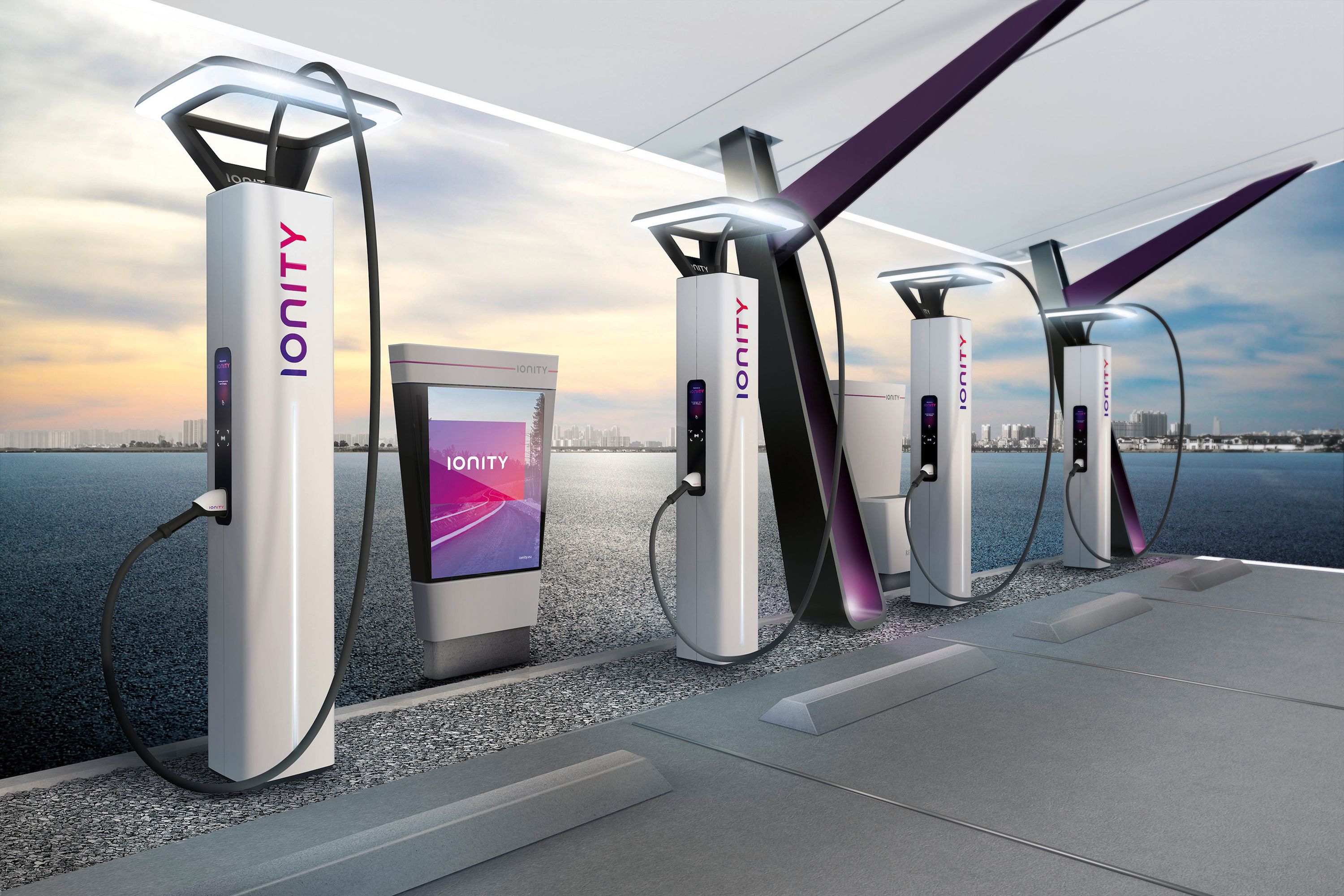Volkswagen will launch its first models from the I.D. family of EVs next year and, by 2025, plans to be shipping 1,000,000 of such battery-powered cars worldwide. This means that the German manufacturer wants that 1 out of 6 cars they sell in six years' time to be electric.
The world's automotive manufacturers look for ways to increase their presence in the BEV (Battery Electric Vehicle) market, and Volkswagen seems to be one of the boldest of them all, setting a target of 1,000,000 EVs sold in 2025. The global sales volume of EVs in 2017 rose by 60% compared to 2016 and, this year, the 1,000,000-cars threshold could be surpassed.
Keep reading to understand how Volkswagen intends to grow its EV footprint
Volkswagen, the company involved in the massive Dieselgate scandal of a few years ago, now aims to become one of the biggest EV manufacturers in the whole world.
"As early as 2020 we intend to sell 150,000 e-cars, of which 100,000 will be the ID. and ID. SUV," said Thomas Ulbrich, Member of the Volkswagen Brand Board of Management, E-Mobility division. "Speeding up the shift to e-mobility will help us to meet the extremely ambitious CO2 targets that have been set in Europe, China, and the USA." Following the core principal derived from the company's own name, Volkswagen aims to "bring the EVs to the people" by making the technology cheaper due to big production figures.
"The I.D. will prove to be a milestone in terms of technological development," stated Christian Senger, Head of the Volkswagen E-Mobility product line. "It will be the first fully interconnected electric vehicle that is 100% suitable for day-to-day use, and millions of people will be able to afford it." Volkswagen plans to cover a whole range of needs with the I.D. models, as previewed by the I.D. Buzz, I.D. Buzz Cargo, I.D. Vizzion or the I.D. Crozz concept cars.
The whole family will use a shared platform known as MEB which does not stand for Modular Electric Base as one might expect but for Modular Electric Drive Matrix. Volkswagen upgraded the Zwickau plant in a cost-no-object plan to prepare it for the production of the I.D. models. More than $1,150,000,000 were spent in the process and, now, Volkswagen announces that the tech is ready and everything is in place to meet the production deadlines.
The I.D. cars will feature electric motors placed at the back while the batteries (with a capacity of about 100 kWh) will be integrated into the floor. The current from the battery is converted from AC to DC to feed the engine while a DC/DC converter is used to power the onboard electronics. The battery packs will vary in size offering ranges between 200 and over 340 miles on the WLTP ((Worldwide Harmonized Light Vehicles Test Procedure)) cycle.
Volkswagen also conceived a new end-to-end electronics master system called E3 that will run using VW's own vw.OS. "The new operating system will allow Volkswagen to keep the vehicles fresh during their entire lifecycle by making the systems compatible for updates and upgrades accessed via the Cloud." Let's hope this will not be similar to the tediously long Windows updates. Imagine having to wait 15 to 20 minutes before you can set off on your journey because the system doesn't allow you to go on your way before it installs all the necessary updates!
Germany's leading automotive manufacturer has also conducted surveys to find out about the customer's needs as it plans to work on the dedicated infrastructure and hardware needed to sustain a new e-based urban world with EVs in it. That's how Volkswagen found out that most commuters in Europe cover only 30 miles in a day - the value at least doubling in the U.S. - which means people will only need to charge their cars once a week.
"Based on analyses by Volkswagen, it is estimated that around 50 percent of all charging processes will take place at home and another 20 percent will take place at work," is shown in the same statement. "Volkswagen will thus offer a modular program of wall boxes which can be mounted in a multitude of places which makes them very versatile. While a vehicle is charged at 2.3 kW via the standard 230 V grid, the wall box will allow the I.D. models to be charged at a rate of up to 11 kW (AC) - this charging capacity is sufficient to fully charge the Volkswagen’s battery overnight or during the working day. The starting price for the Volkswagen wall boxes will be about $350.
To maximize the speed at which the charging infrastructure is covering Europe, Volkswagen will cooperate with other European giants through the Ionity joint venture. BMW, Mercedes-Benz, and Ford are the other heavy-hitters involved and they aim to have 400 quick-charging stations throughout the continent ready by 2020. Charging stations will also be put in place at Volkswagen dealerships all across Europe.
There's also a quest to end the problem of 'range anxiety' through the "WE" mobility platform and the "We Charge" app which should be used by EV users as a handy guide which will show "the most suitable charging point, reserving it, and navigating to it. The 'We Charge' functionality is currently planned for the European market and will be facilitated through Volkswagen’s shareholding in Hubject - eRoaming. The platform makes it possible to charge electric vehicles throughout Europe no matter who the provider is."
Finally, Volkswagen envisions a way to reduce energy consumption not only for the means of transport but also for the household. Thanks to a digitally linked home energy management system (HEMS), the owner will thus save money and intelligently charge up his car or, instead, use the car to power the house in case of a power outage or to "stabilize the power grid by storing surplus capacity in the power network, which frequently accrue at night and so far remain unused." The whole grid shouldn't be too affected by the proliferation of EVs is what Volkswagen thinks.
Further Reading
Read our full review on the 2018 Volkswagen I.D. Vizzion Concept.
Read our full review on the 2017 Volkswagen I.D. Buzz.
Read our full review on the 2017 Volkswagen I.D. Crozz II
Read our full review on the 2017 Volkswagen I.D. Crozz
Read our full review on the 2016 Volkswagen ID Concept.

